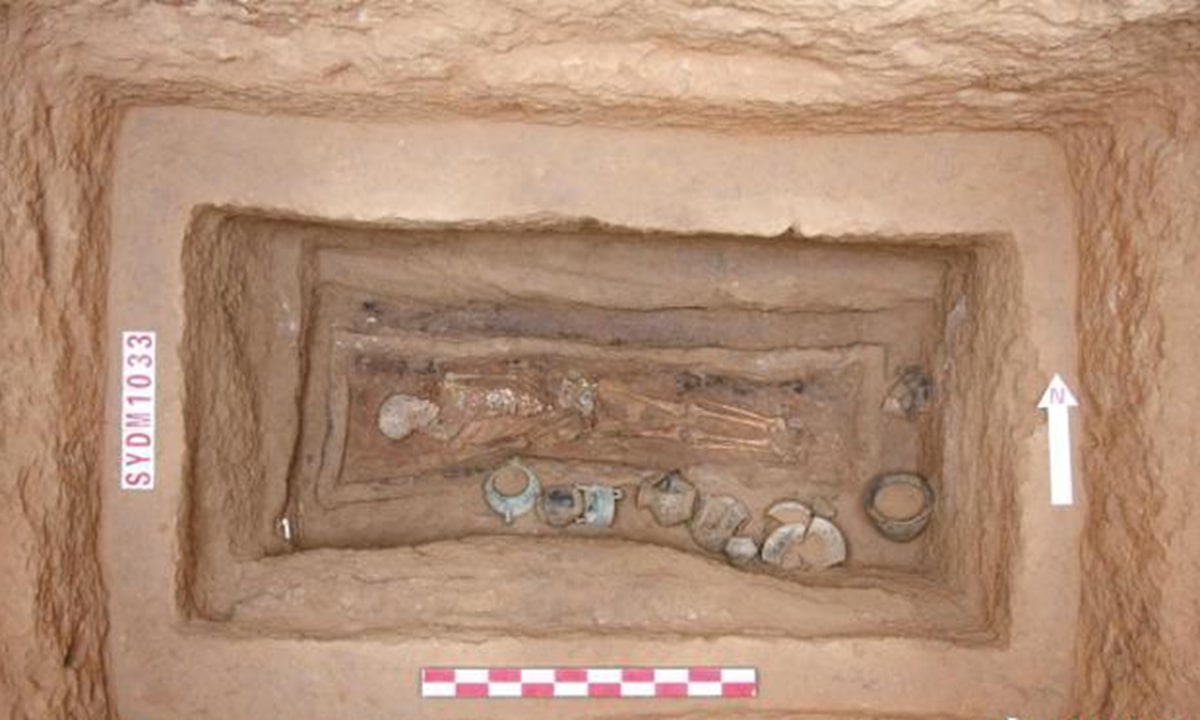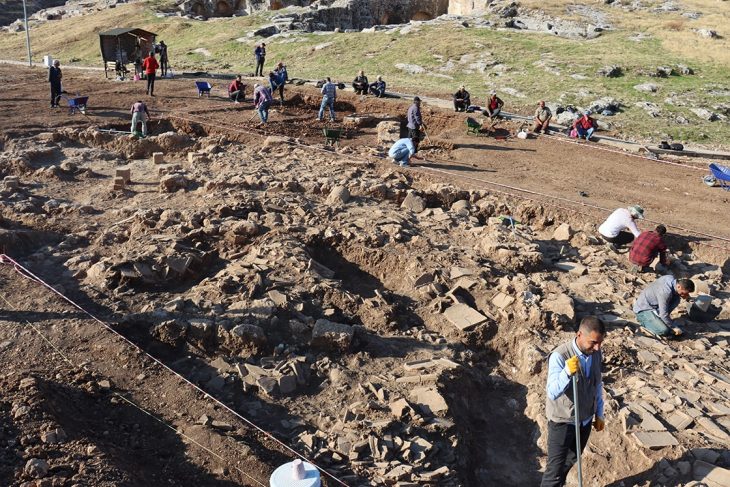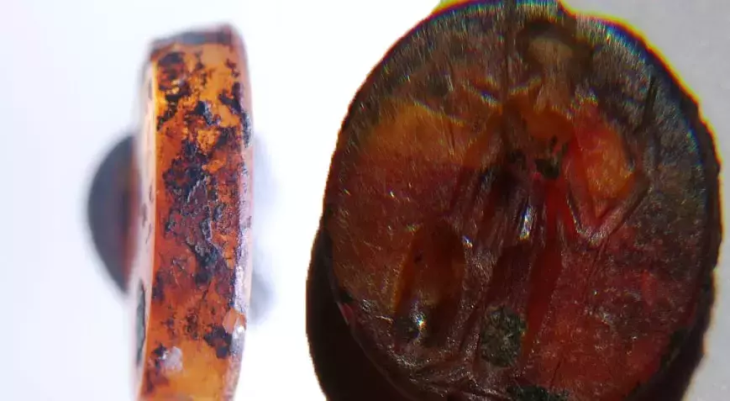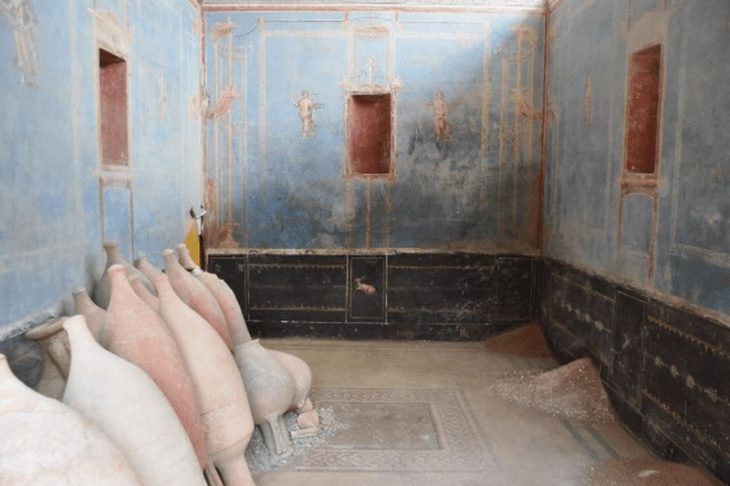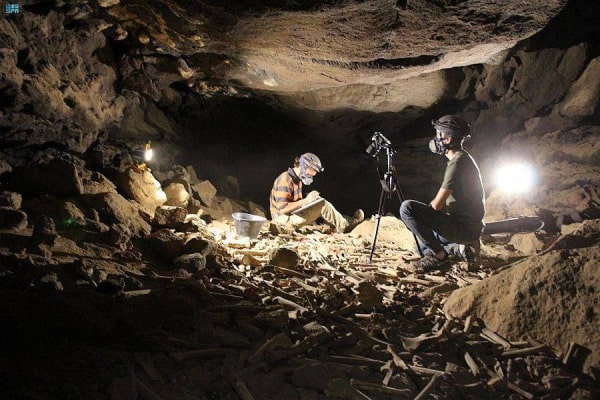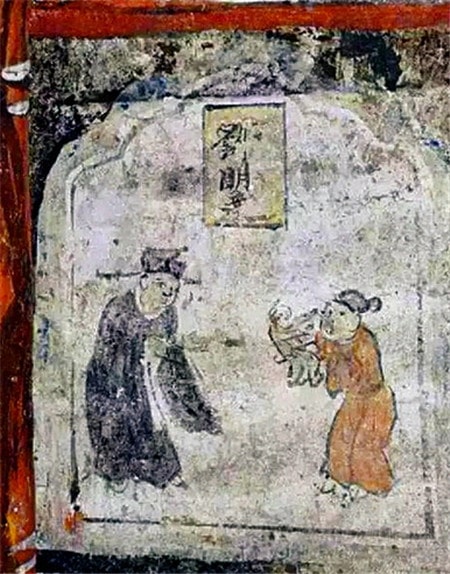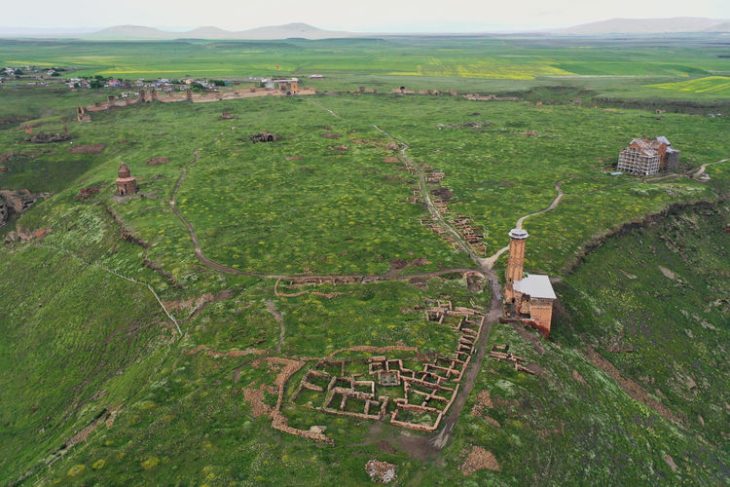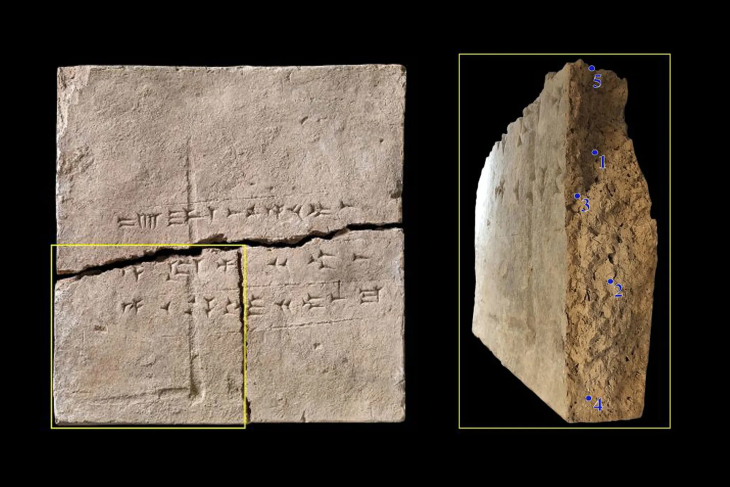A tomb belonging to a noblewoman dating back about 3,000 years has been unearthed in North China’s Shanxi Province.
The tomb, designated as M1033, was discovered in the Dahekou cemetery, Yicheng County. Over 600 burials and 20 chariot-and-horse pits have been discovered during the excavation of the Western Zhou Dynasty’s Dahekou Cemetery in Yicheng County, Shanxi Province, since 2007.
More importantly, the finding of the Dahekou cemetery has shed light on the existence of the Ba state, previously undocumented in the historical texts of the Western Zhou.
Bronze inscriptions found in Dahekou cemetery indicate that the state clan name was Ba 霸, with Ba Bo (the Earl of Ba) as the paramount ruler.
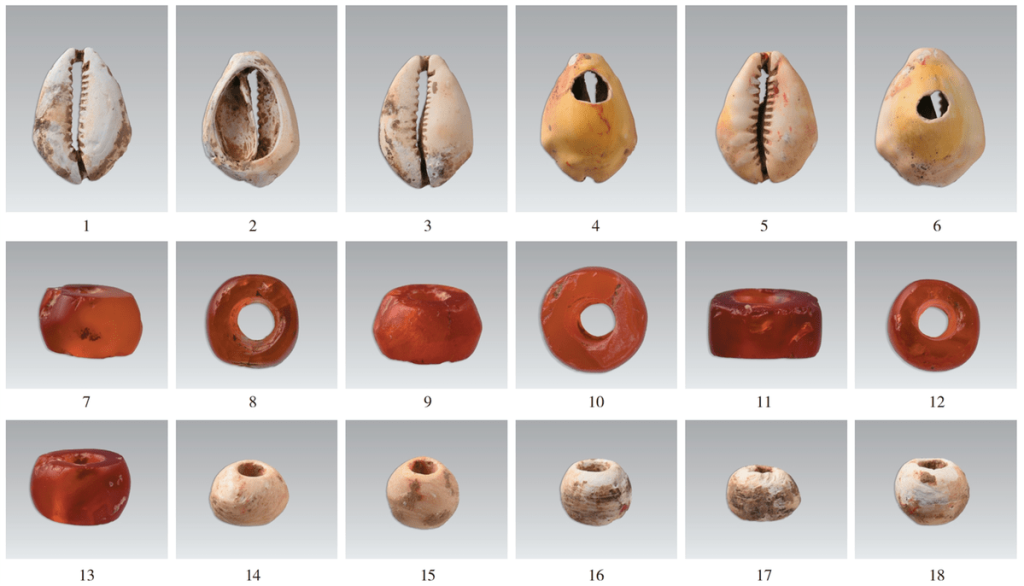
Given that most of the province was under Jin state control during this time, it is extremely valuable for research on the feudal states in Shanxi’s southern region during the Western Zhou period and their interactions with the Jin state.
The discovery was announced by the Shanxi Institute of Cultural Relics and Archeology. A pit in the middle holds the remains of a sacrificed animal, and the tomb itself is medium-sized, according to Xie Yaoting, the leader of the archaeological team.
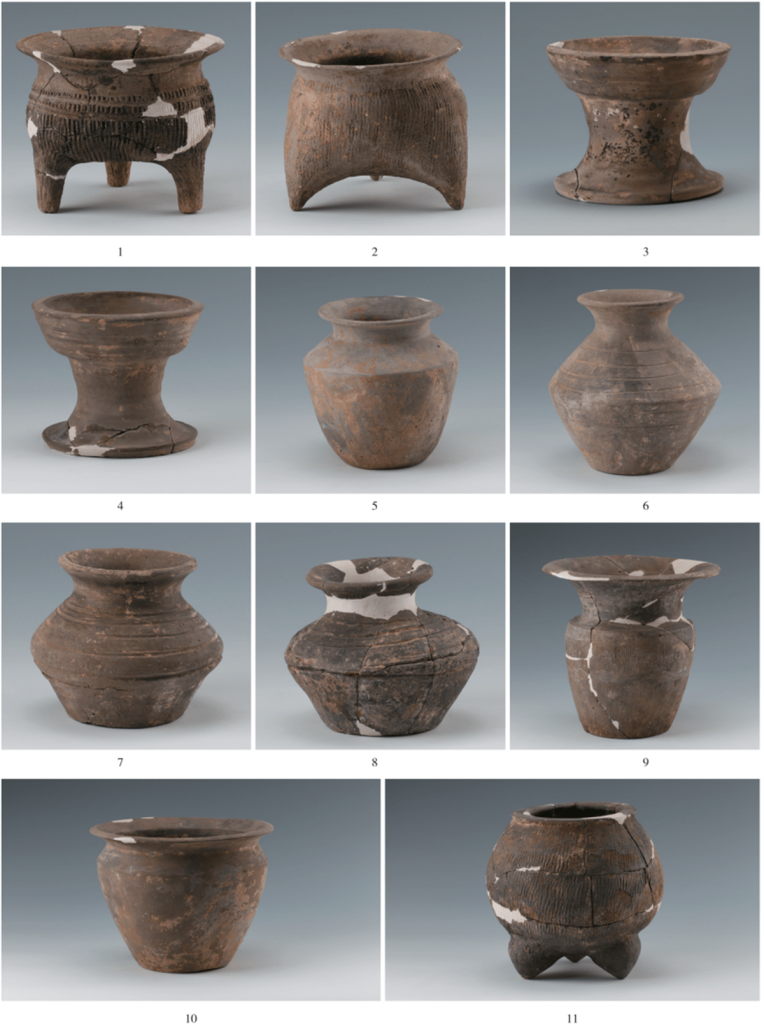
The tomb’s owner was a female between 31 and 34 years old who was buried in a supine posture with straight limbs. Archaeologists believe that the tomb’s owner was likely a middle-ranking noblewoman from the mid-Western Zhou (1046BC-771BC) period.
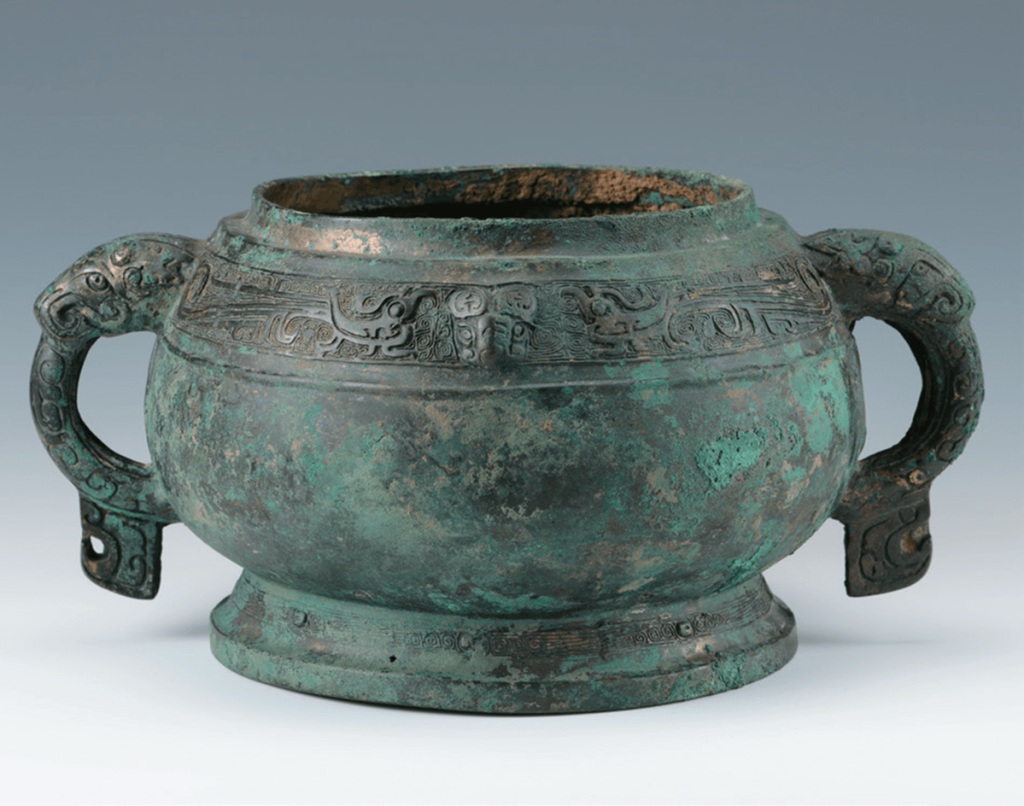
The tomb yielded a collection of 430 burial objects divided into 93 groups, including bronze wares, pottery, jade artifacts, and shellfish containers.
Cover Photo: Shaanxi Provincial Institute of Archaeology

